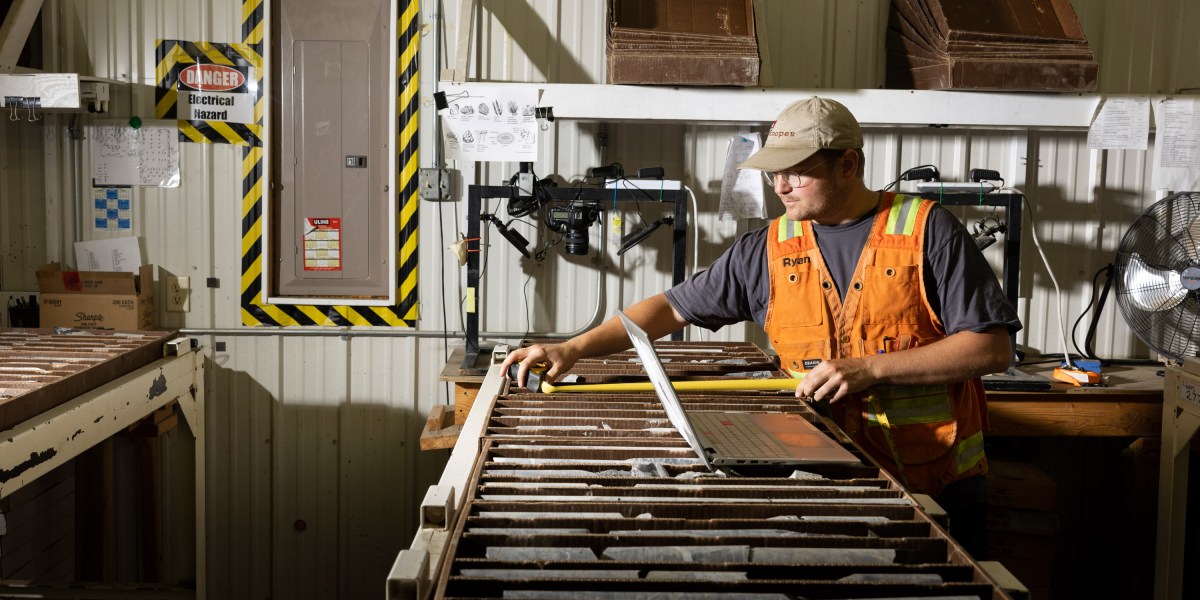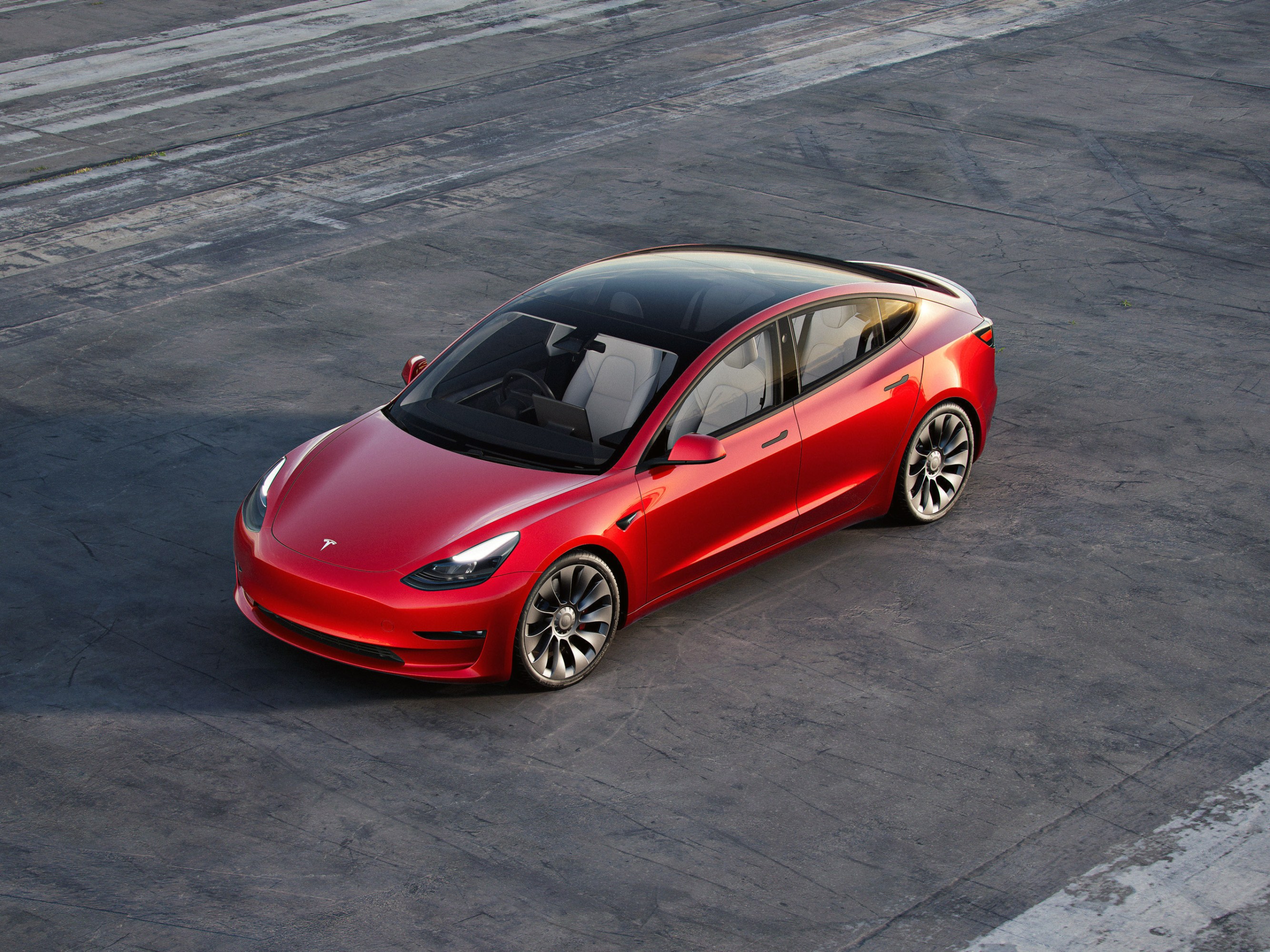How one mine could unlock billions in EV subsidies


RMI, a nonprofit research group focused on clean energy, projects that all the EV provisions within the IRA, which also include subsidies for new charging stations, will spur the sales of an additional 37 million electric cars and trucks by 2032. That would propel EV sales to around 80% of new passenger-automobile purchases. Those vehicles, in turn, could eliminate 2.4 billion tons of transportation emissions by 2040.

TESLA
The math
The IRA offers two tax credits that could apply to EV buyers. The first is a $3,750 credit for those who purchase vehicles with batteries that contain a significant portion of critical minerals that were mined or processed in the US, or in a country with which the US has a free-trade agreement. The required share is 50% in 2024 but reaches 80% beginning in 2027. Cars and trucks may also qualify if the materials came from recycling in North America.
Buyers can also earn a separate $3,750 credit if a specified share of the battery components in the vehicle were manufactured or assembled in North America. The share is 60% this year and next but reaches 100% in 2029.
The big bet
There are lingering questions about how many of the projects sparked by the country’s new green industrial policies will ultimately be built—and what the US will get for all the money it’s giving up.
After all, the tens of billions of dollars’ worth of tax credits that could be granted throughout the Talon-to-Tesla-to-consumer nickel supply chain is money that isn’t going to the federal government, and isn’t funding services for American taxpayers.
The IRA’s impacts on tax coffers are certain to come under greater scrutiny as the programs ramp up, the dollar figures rise, projects run into trouble, and the companies or executives benefiting engage in questionable practices. After all, that’s exactly what happened in the aftermath of the country’s first major green industrial policy efforts a decade ago, when the high-profile failures of Solyndra, Fisker, and other government-backed clean-energy ventures fueled outrage among conservative critics.
Nevertheless, Tom Moerenhout, a research scholar at Columbia University’s Center on Global Energy Policy, insists it’s wrong to think of these tax credits as forgone federal revenue.
In many cases, the projects set to get subsidies for 10% of their operating costs would not otherwise have existed in the first place, since those processing plants and manufacturing facilities would have been built in other, cheaper countries. “They would simply go to China,” he says.


